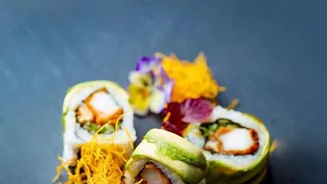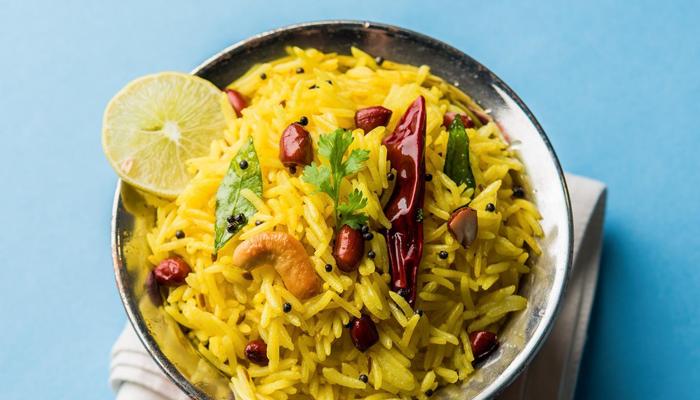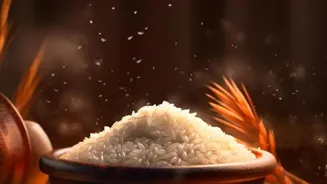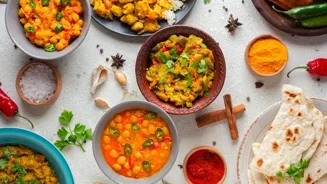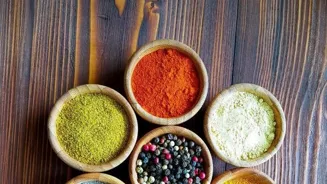Discover the rich tapestry of Indian cuisine - a cultural journey from thalis to festivals. Explore the flavors that bind us
India, like a colourful thali, boasts a platter of cultures, each seasoned with
unique culinary traditions. Food isn't just sustenance here; it’s a story etched in spices, a legacy passed down through generations, and a binding force that unites communities.
From the snow-capped Himalayas to the sun-kissed beaches of Kerala, the aromas and flavors change, reflecting the diverse landscapes and historical influences. Our culinary heritage is a window into understanding our society, our values, and our collective identity.
It is a celebration of our land, our people, and our enduring spirit.
Regional cuisines symbolize community spirit through diverse dishes
Every region has its own culinary jewel. Think of the simple yet satisfying khichdi, elevated to a royal dish in some parts of the country, showcasing the resourcefulness of local ingredients.
Or the myriad of daals, each prepared with a distinct blend of spices, reflecting subtle variations in taste preferences. Sweets, too, play a vital role, from the melt-in-your-mouth Mysore Pak to the intricate Sandesh of Bengal.
These dishes aren't mere recipes; they are symbols of community, often prepared and shared during festivals and celebrations, fostering a sense of togetherness and belonging. The art of cooking is often preserved in families.
Festive foods symbolize joy and traditions in various cultures
Food plays a huge role during festivals. During Diwali, the festival of lights, homes are filled with the fragrance of freshly made sweets and savories. Laddoos, barfis, and mathris are offered to deities and shared with neighbours and friends, spreading joy and goodwill.
During Holi, the festival of colours, thandai, a milk-based drink infused with nuts and spices, is a must-have, cooling the body and spirit amidst the colourful revelry. And during Eid, sheer khurma, a sweet vermicelli pudding, is a symbol of warmth and hospitality, welcoming guests with open arms.
These are times when people use specific foods to celebrate.
Evolution of food habits reflects holistic health understanding
Our food habits show how we have evolved. The use of spices, for instance, goes beyond just adding flavour. Turmeric, ginger, and garlic, staples in Indian cuisine, possess medicinal properties, reflecting an understanding of holistic health that has been passed down through generations.
Cooking techniques, too, vary across regions, adapted to local resources and climatic conditions. From the slow-cooking methods of the North to the steaming and fermenting techniques of the South, each method contributes to the unique taste and texture of the dishes.
Our ancestors knew the connection between food and life.
Food's cultural, emotional significance in art, language, daily life
But the impact of food stretches further, influencing art, literature, and even our language. Proverbs and idioms often use food as metaphors to describe life experiences. Think of "dal chawal," often used to describe a simple and comfortable life.

The imagery of food is woven into the fabric of our culture, illustrating its significance in our daily lives and thought processes. Movies and stories are created regarding the preparation and joy it brings to families.
Food is important in all cultures and it can change a person's mood and bring memories back.
Preserve culinary heritage to connect with roots and celebrate culture
In today's world, with globalization bringing diverse cuisines to our doorstep, it is important to preserve and celebrate our culinary heritage.
By understanding the stories behind our food, we can connect with our roots, appreciate the richness of our culture, and pass on these valuable traditions to future generations. Let us cherish the taste of home, the aroma of our childhood, and the flavours that define who we are.
This is our heritage and we should preserve it. It is time to bring all cultures together with food and cherish unity.
AI Generated Content. Glance/InMobi shall have no liability for the content